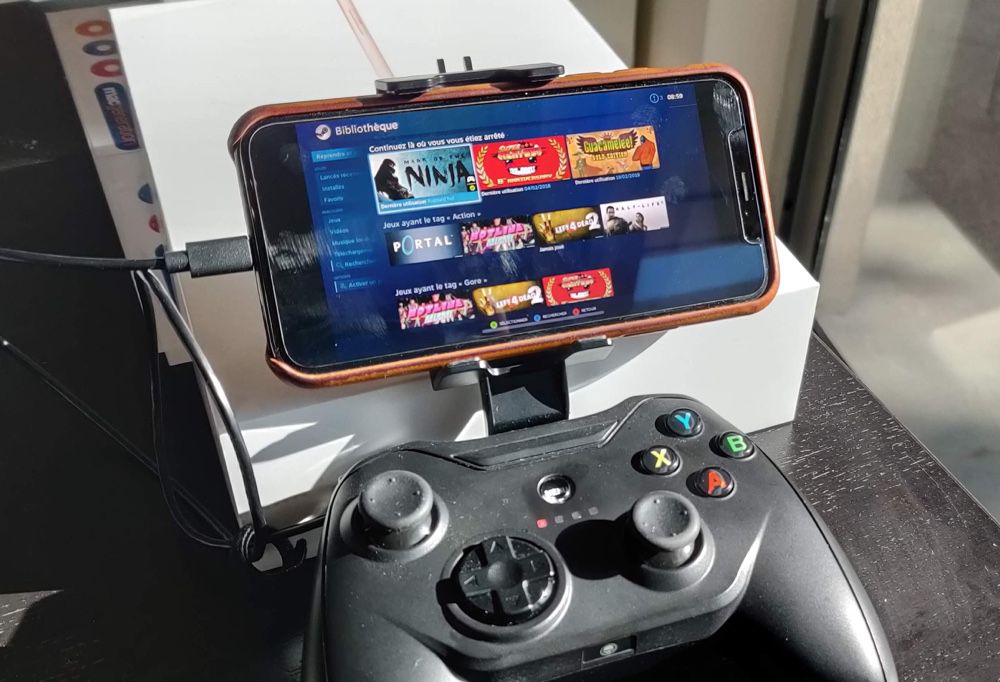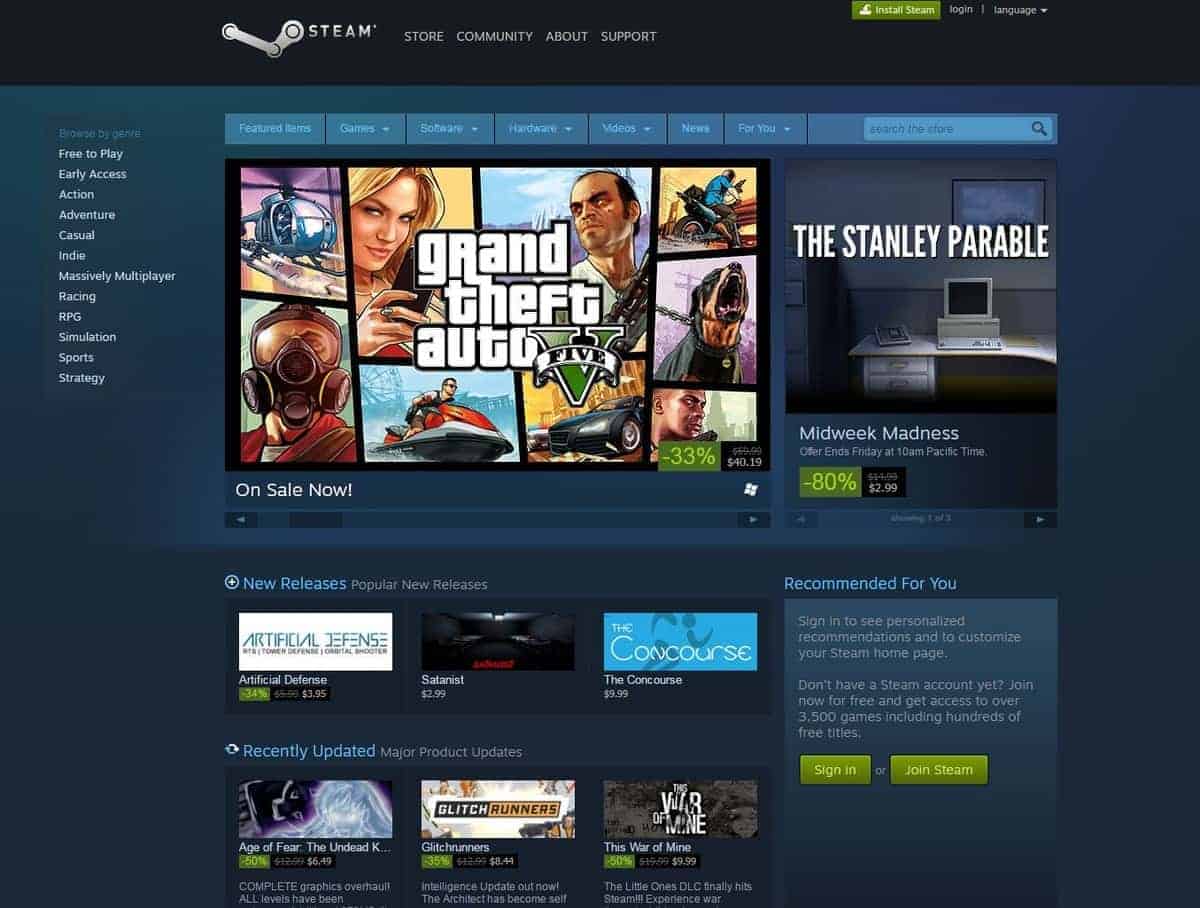

Valve has already done a quick improvement on that to allow you to make as many invites as you want now for many people to join you, providing the game supports multiple players and your network bandwidth can handle it. Steam Link is the application that lets you stream games from one PC to another device, and now with Invite Anyone people without a Steam account can join you in Remote Play Together.ĭo note, you're going to want to be in the Steam Client Beta to get the most up to date features.įor Remote Play Together - Invite Anyone, you need to send a link from your friends list in the Steam Overlay to others which they use to join through the Steam Link app.Good for turning local multiplayer titles into an online game with friends. Remote Play Together allows you to host a game for others to join, they don't need to own it.

If you’re unable to run network cabling throughout your home or are renting, you may find this approach the cleanest.Along with finally releasing the Linux client of the Steam Link app, Valve has also been making steady improvements to Steam Link and Remote Play Together. This means that Powerline can extend your home network’s coverage to locations without an existing Ethernet or Wi-Fi connection.

This solution works perfectly over longer distances too. Most modern routers should support this feature, so consult the manufacturer’s website.Īnother solid option would be to use a Powerline adapter, which uses your home’s power lines to carry data. If your router is far from both the computer and Apple TV, you can use Wi-Fi as long as it is a 5 GHz connection. You can even go one step further and connect the Apple TV via a wired connection. To get the best performance out of your Steam Link experience then, you might want to connect your computer and router directly via an Ethernet cable. Since the Steam Link app receives a compressed video signal of your game, it requires a considerable amount of network bandwidth. Improving Your Experience With Steam LinkĪs with any game streaming service, the most prominent bottleneck is likely your home network.


 0 kommentar(er)
0 kommentar(er)
